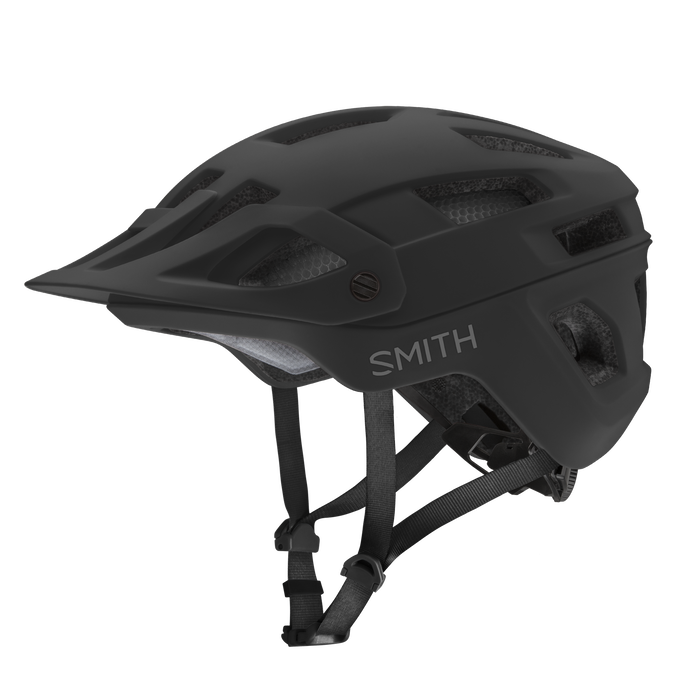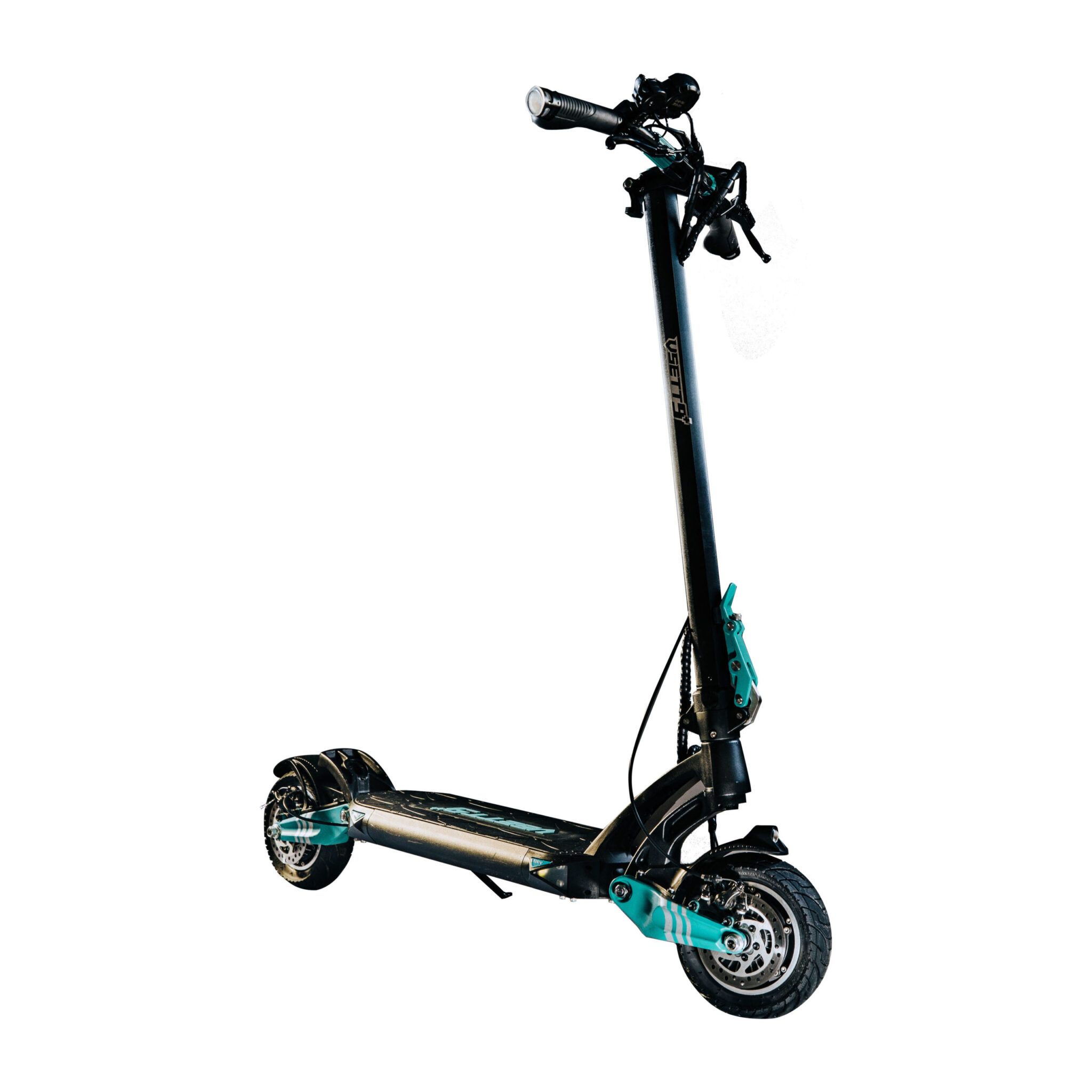How to test 48 volt golf cart electric motor?
Testing a 48-Volt electric motor on a golf cart can easily be done by following these steps:
1. Safety first: Before you begin any testing, make sure to wear appropriate protective gear, such as gloves and goggles, and ensure that the golf cart is parked on a level surface.
2. Check the battery: Make sure that the golf cart's 48-Volt battery is fully charged. A weak or drained battery can affect the motor's performance and give inaccurate test results.
3. Visual inspection: Inspect the motor for any signs of damage, such as loose wires, burnt connections, or unusual noises. If you notice any issues, it's best to consult a professional for further inspection and repairs.
4. Test the motor voltage: Using a multimeter, set it to the DC voltage range suitable for 48 volts. Connect the multimeter's positive lead to the positive terminal on the motor and the negative lead to the negative terminal. The multimeter should display a reading close to 48 volts, indicating that the motor is receiving the correct voltage.
5. Test the motor functionality: With the golf cart turned on and in a safe stationary position, Engage the motor and observe its performance. Listen for any unusual noises, such as grinding or whining sounds, which could indicate issues with the motor.
6. Test acceleration and speed: Drive the golf cart at different speeds and observe how the motor responds. It should provide smooth acceleration and maintain consistent speeds without hesitation or jerking.
7. Test torque and power: Test the motor's power by driving the golf cart uphill or over rough terrain. The motor should have enough torque to handle these conditions without struggling or stalling.
8. Test regenerative braking: If your golf cart is equipped with regenerative braking, make sure to test it as well. The motor should slow down the golf cart smoothly when the brakes are applied, and the energy generated should be successfully returned to the battery.
9+. Seek professional help if needed: If you encounter any issues during the testing process or suspect a problem with the motor, it's recommended to consult a professional electric vehicle technician who is experienced in golf cart motor repairs.
Remember, safety is crucial when working with electric motors. If you are unsure or uncomfortable performing any of these tests, always seek the assistance of a qualified professional.
1. Safety first: Before you begin any testing, make sure to wear appropriate protective gear, such as gloves and goggles, and ensure that the golf cart is parked on a level surface.
2. Check the battery: Make sure that the golf cart's 48-Volt battery is fully charged. A weak or drained battery can affect the motor's performance and give inaccurate test results.
3. Visual inspection: Inspect the motor for any signs of damage, such as loose wires, burnt connections, or unusual noises. If you notice any issues, it's best to consult a professional for further inspection and repairs.
4. Test the motor voltage: Using a multimeter, set it to the DC voltage range suitable for 48 volts. Connect the multimeter's positive lead to the positive terminal on the motor and the negative lead to the negative terminal. The multimeter should display a reading close to 48 volts, indicating that the motor is receiving the correct voltage.
5. Test the motor functionality: With the golf cart turned on and in a safe stationary position, Engage the motor and observe its performance. Listen for any unusual noises, such as grinding or whining sounds, which could indicate issues with the motor.
6. Test acceleration and speed: Drive the golf cart at different speeds and observe how the motor responds. It should provide smooth acceleration and maintain consistent speeds without hesitation or jerking.
7. Test torque and power: Test the motor's power by driving the golf cart uphill or over rough terrain. The motor should have enough torque to handle these conditions without struggling or stalling.
8. Test regenerative braking: If your golf cart is equipped with regenerative braking, make sure to test it as well. The motor should slow down the golf cart smoothly when the brakes are applied, and the energy generated should be successfully returned to the battery.
9+. Seek professional help if needed: If you encounter any issues during the testing process or suspect a problem with the motor, it's recommended to consult a professional electric vehicle technician who is experienced in golf cart motor repairs.
Remember, safety is crucial when working with electric motors. If you are unsure or uncomfortable performing any of these tests, always seek the assistance of a qualified professional.
Subscribe to Ride Review
Sign up for free for the Ride Review Newsletter - the world's largest newsletter about small electric vehicles - and have chances to win our electric bike and scooter giveaways. Trusted by over 60,000 riders around the world.

Join Ride Review Newsletter
The largest newsletter for small electric vehicles. No spam, just rides!
Join Ride AI Newsletter
We track how technology is changing the way we move.
When you purchase through links on our site, we may earn an affiliate commission.



